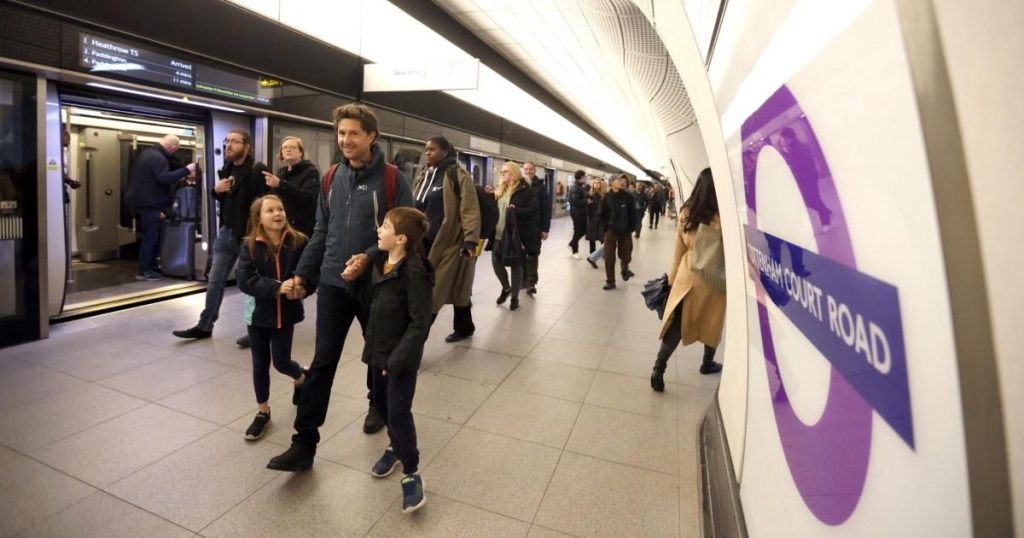The London Underground experienced a chaotic start to the morning rush hour on December 10, 2024, with disruptions impacting five separate lines, causing significant inconvenience for commuters. The District line suffered a partial suspension between Earl’s Court and Edgware Road due to a signal failure at High Street Kensington. Simultaneously, the Elizabeth line experienced a complete service outage between Abbey Wood and Canary Wharf, attributed to a power supply problem. These two major disruptions on key lines likely resulted in substantial overcrowding on alternative routes and extended travel times for many passengers.
Compounding the issues, the Piccadilly line faced its second consecutive week of partial closure between Rayners Lane and Uxbridge. The ongoing disruption stemmed from “difficult track conditions,” a recurring autumnal issue caused by fallen leaves impacting the line’s ability to operate safely. Passengers were advised to utilize the Metropolitan line as an alternative, potentially leading to congestion on that line as well. The recurring nature of this problem highlights the challenges faced by the London Underground in mitigating the seasonal impact of leaf fall on its services.
Adding to the morning’s travel woes, the Northern line experienced minor delays between Camden Town, High Barnet, and Mill Hill East. These delays were attributed to emergency engineering work at the Highgate depot, suggesting an unforeseen issue requiring immediate attention. While categorized as “minor delays,” this disruption still contributed to the overall sense of disruption across the network, further complicating journeys for passengers relying on the Northern line.
The Victoria line also encountered minor delays, a consequence of engineering work overrunning its scheduled completion time. This type of delay, while less disruptive than a complete suspension, still impacts punctuality and contributes to the cumulative effect of multiple delays across the network. The confluence of these five separate incidents created a challenging start to the day for commuters across London.
Beyond the Underground network, further travel disruptions impacted commuters. A train fault between Watford Junction and St Albans Abbey led to a complete suspension of services on that line. Rail replacement buses were deployed to mitigate the impact, but this measure inevitably extended journey times and added to the overall disruption. The incident was expected to persist throughout the morning rush hour, further complicating travel plans for those reliant on this rail route.
While the remaining Tube lines operated without significant issues, the combined effect of these five incidents, coupled with the rail disruption between Watford Junction and St Albans Abbey, painted a picture of a challenging morning for London commuters. The confluence of signal failures, power supply problems, track conditions, and engineering works underscores the complex interplay of factors that can impact a major transportation network. The incidents also highlight the need for robust contingency plans and effective communication to manage disruptions and minimize their impact on passengers.


